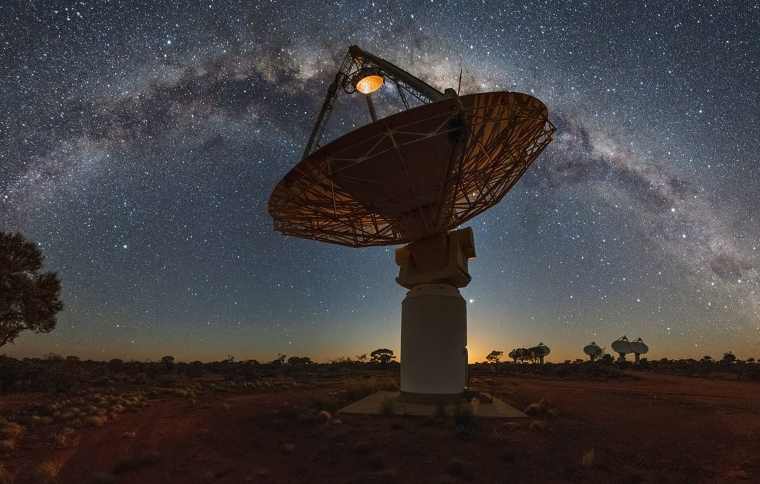
Astronomers Detect Repeating Signals From Space Object That’s “Unlike Anything We Have Seen Before”
How did your country report this? Share your view in the comments.
Diverging Reports Breakdown
Astronomers Detect Repeating Signals From Space Object That’s “Unlike Anything We Have Seen Before”
A team of astronomers has detected a mysterious object in deep space that regularly sends out two-minute pulses of radio waves and X-rays in a repeating pattern every 44 minutes. Known as ASKAP J1832- 0911, the mysterious object has left researchers stumped due to its unusual combination ofRadio waves andX-rays. NASA’s Chandra X-ray observatory had coincidentally observed the same region of the sky at the same time. The discovery could indicate a new type of physics or new models of stellar evolution, according to the lead author of the study detailing the team’s discovery. The study’s second author, Professor Nanda Rea, said scanning for both signals could also lead to an increased detection rate and more information to help solve the mystery.
Known as ASKAP J1832- 0911, the mysterious object has left researchers stumped due to its unusual combination of radio waves and X-rays and its propensity to ‘switch on’ and ‘switch off’ at such regular and coordinated intervals.
“This object is unlike anything we have seen before,” said Dr. Ziteng (Andy) Wang from the Curtin University node of the International Centre for Radio Astronomy Research (ICRAR) and the lead author of the study detailing the team’s discovery.
Repeating Patterns from a Mysterious Object
According to an ICRAR statement, the research team first spotted ASKAP J1832-0911 with the ASKAP radio telescope in Australia. When they noticed the object was emitting bursts of radio waves in a regular repeating pattern, they weren’t sure what the object was. Their immediate impulse was to classify the signal’s source as one of a handful of previously detected mysterious objects emitting radio waves in a repeating pattern called long-period transients (LPTs).
Before settling on the mysterious object’s classification, the team discovered that NASA’s Chandra X-ray observatory had coincidentally observed the same region of the sky at the same time. When the ASKAP radio telescope was detecting bursts of radio waves, Chandra saw identically timed two-minute bursts of X-rays that also repeated every 44 minutes. According to Wang, spotting X-rays from a potential LPT “felt like finding a needle in a haystack” since none of the ten previous examples produced X-rays.
“The ASKAP radio telescope has a wide field view of the night sky, while Chandra observes only a fraction of it,” he explained. “So, it was fortunate that Chandra observed the same area of the night sky at the same time.”
Discovery Could Indicate a New Type of Physics
In the study’s conclusion, the astronomers say now that they know to look for this “valuable clue” of simultaneous radio waves and x-rays emissions when scanning for potential LPT signals, they can also narrow down the number of possible sources since any theory “must account for” the differences between radio waves and much higher-energy radio waves.
The study’s second author, Professor Nanda Rea, from the Institute of Space Science (ICE-CSIC) and the Catalan Institute for Space Studies (IEEC) in Spain, said scanning for both signals could also lead to an increased detection rate and more information to help solve the mystery of the mysterious object.
“Finding one such object hints at the existence of many more,” Rea said. “The discovery of its transient X-ray emission opens fresh insights into their mysterious nature.”
Wang notes that some proposed explanations include a magnetar or a binary star system with one highly magnetized white dwarf. However, he also says these theories are incomplete and “do not fully explain what we are observing” with the newly detected mysterious object emitting radio waves and X-rays in a repeating pattern.
“This discovery could indicate a new type of physics or new models of stellar evolution,” Wang said.
